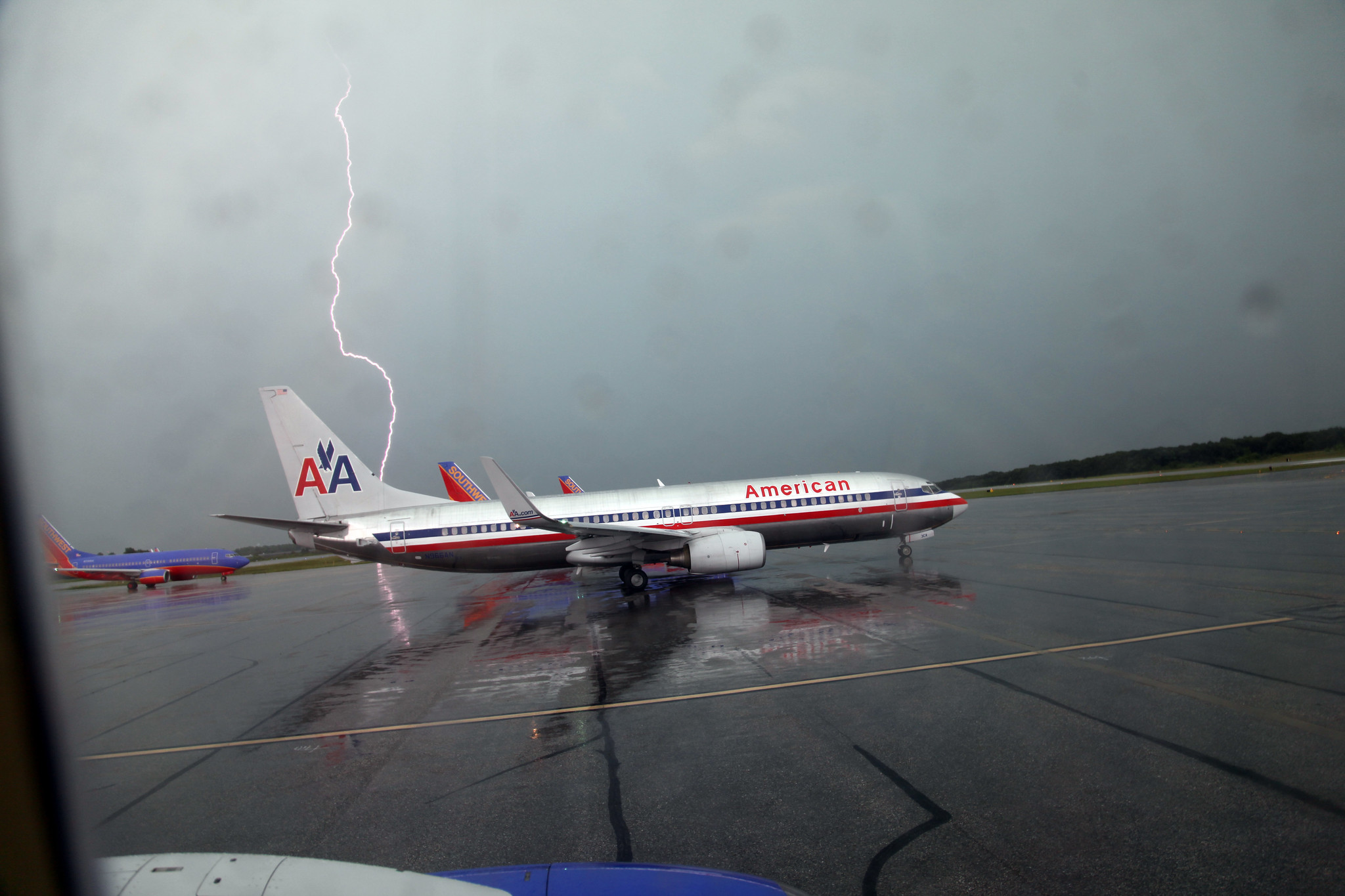10
This section explores issues directly relating to transportation today including fuel cost, labour, and environmental impacts. For more information on one of the biggest trends in tourism, online travel agencies (OTAs), and how online bookings impact the transportation sector, please see Chapter 7.
Fuel Cost
When it comes to moving people, fuel cost is critical. The cost of jet fuel is one of the single highest factors in airline profitability. In 2013, the average cost was around $125 per barrel, which was $5 less than the previous year (IATA, 2014a). Cruise ships consume a lower grade of diesel than do land vehicles, but they consume a lot of it. The QE2, for example, consumes roughly 380 tonnes of fuel every day if travelling at 28.5 knots (Briggs, 2008).
Labour
As in all tourism-related sectors, cyclical labour shortages can significantly impact the transportation industry. In the aviation sector, a forecast found that by 2032 the world’s airlines will need 460,000 additional pilots and 650,000 new maintenance technicians to service current and future aircraft. The drive to find employees also extends to the maritime sector, where the International Maritime Organization (IMO) launched a “Go to sea!” campaign to attract more workers to the field (PWC, 2012).
Environmental Impacts
In addition to fuel and labour costs, and regulations we’ve covered already, the transportation sector has a significant impact on the natural environment.
Air Impacts
According to the David Suzuki Foundation (2014), the aviation industry is responsible for 4% to 9% of climate change impacts, and greenhouse gas emissions from flights have risen 83% since 1990. Airline travel has a greater emissions impact than driving or taking the train per passenger kilometre, which caused a bishop in the UK to famously declare that “Making selfish choices such as flying on holiday [is] a symptom of sin” (Barrow, 2006).
Rail Impacts
Rail travel is widely regarded as one of the most environmentally friendly modes of transportation due to its low carbon dioxide emissions. Railways come under fire outside of the tourism realm, however, as freight shipping can produce hazards to resident health including an increased risk of developing cancer and noise pollution (The Impact Project, 2012).
Cruise Impacts
Cruise ships can generate significant pollution from black water (containing human waste), grey water (runoff from showers, dishwashers, sinks), bilge water (from the lowest compartment of the ship), solid waste (trash), and chemical waste (cleaners, solvents, oil). One ship can create almost a million litres of grey water, over 113,000 litres of black water, and over 140,000 litres of bilge water every day. Depending on the regulations in the operating areas, ships can simply dump this waste directly into the ocean. Ballast tanks, filled to keep the ship afloat, can be contaminated with species which are then transported to other areas, disrupting sensitive ecosystems (Briggs, 2008).
Land Impacts
A recent study found that the impact of travel on land is highly dependent on the number of passengers. Whereas travelling alone in a large SUV can have high emissions per person (as high as flying), increasing the number of passengers, and using a smaller vehicle, can bring the impact down to that of train travel (Science Daily, 2013).
For more information on the environmental impacts of the transportation sector, and how to mitigate these, read Chapter 10.
Weather
As you’ve learned, the transportation sector can have an effect on climate change, and changes in weather have a strong effect on transportation. According to Natural Resources Canada (2013), some of these include:
- More drastic freeze-thaw cycles, destroying pavement and causing ruts in asphalt
- Increased precipitation causing landslides, washing out roads, and derailing trains
- Effects and costs of additional de-icing chemicals deployed on aircraft and runways (over 50 million litres were used worldwide in 2013)
- Delayed flights and sailings due to increased storm activity
- Millions of dollars of infrastructure upgrades required as sea levels increase and flood structures (replacing or relocating bridges, tunnels, ports, docks, dykes, helipads and airports)
The threat of climate change could significantly impact sea-level airports such as YVR, and some 50 additional registered airports across Canada that sit at five metres or less above sea level (Natural Resources Canada, 2013).
For this reason, it’s important that the sector continue to press for innovations and greener transportation choices, if only to ensure future financial costs are kept at bay.


